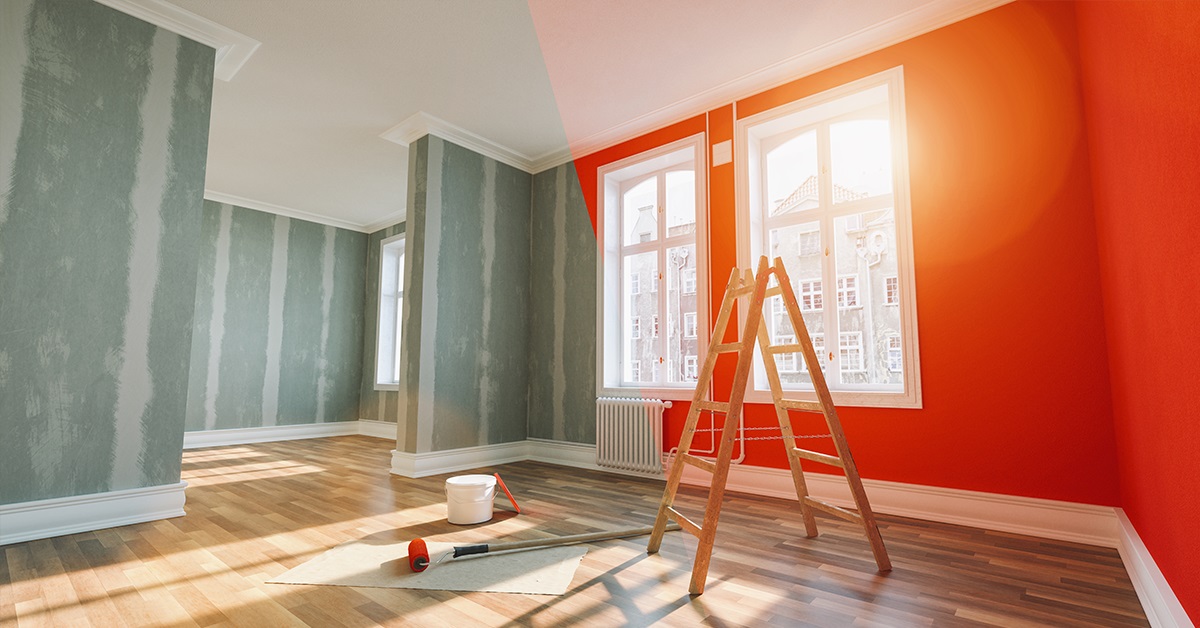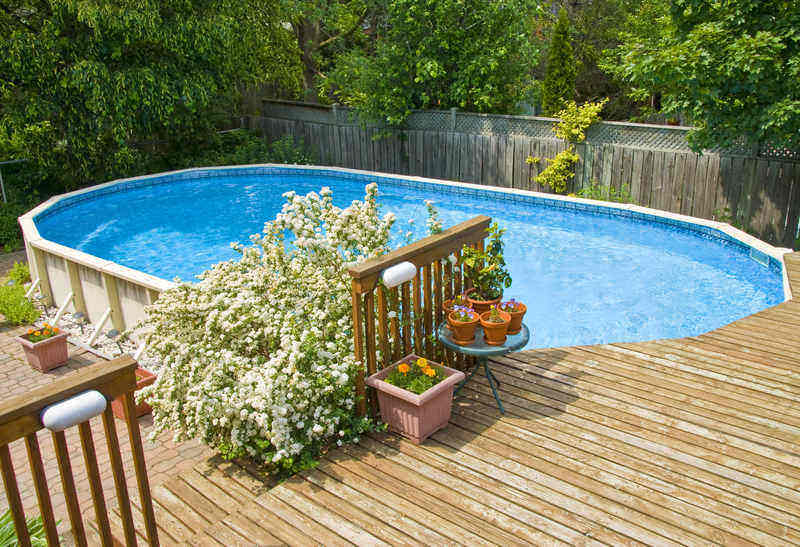Selecting the appropriate Interior house paint colors (สีทาภายใน, which is the term in Thai) is essential to turning your area into a reflection of your desired atmosphere and sense of style. The hues you choose for your walls may have a big impact on your home’s appearance, feel, and impression. Making an informed choice might seem difficult with the vast selection of hues available. However, by taking into account a few crucial elements, you may safely choose paint colors that complement the inside of your house and bring out its charm and individuality.
The following list of five strategies will help you choose the ideal color scheme for your living area.
Think About The Purpose Of The Room
Every space has a certain purpose, and the color used should support that goal. For bedrooms and baths, soft, soothing colors like blues and greens are perfect since they encourage relaxation. On the other hand, in kitchens and dining spaces, bold hues like orange or red may pique people’s interest and encourage conversation.
Do Not Forget About The Lighting
Lighting greatly affects the appearance of paint colors. Natural daylight displays the most accurate color while incandescent lighting highlights warm tones and fluorescent lighting imparts a strong blue tone. Try different lighting setups for paint samples in your room to observe how the color varies with the day.
Begin With A Mood Board
Before starting to paint samples, create a mood board that includes your preferred textures, furnishings, and general design for the space. This will guide your paint color selection by enabling you to see how several colors work well together and with the components in the room.
Apply The Color Psychology
Colors may arouse feelings and establish a mood in a space. While darker hues evoke a feeling of warmth and closeness, lighter colors provide the impression of space and airiness. Select a hue that goes with the vibe you want to establish in each space.
Consider The Flow Of Your Home
The color palette ought to encourage a flowing, harmonic design throughout your house. To ensure that rooms flow into one another seamlessly, use a coherent color scheme. While this does not imply that every room should have the same hue, it does suggest that to have a cohesive style, neighboring rooms should have complementary colors.
To Conclude
Choosing the ideal interior home paint colors involves more than simply choosing hues you like; it also involves making the space aesthetically pleasing, practical, and emotionally satisfying. You may make decisions that improve your space’s living quality in addition to its aesthetic appeal.




